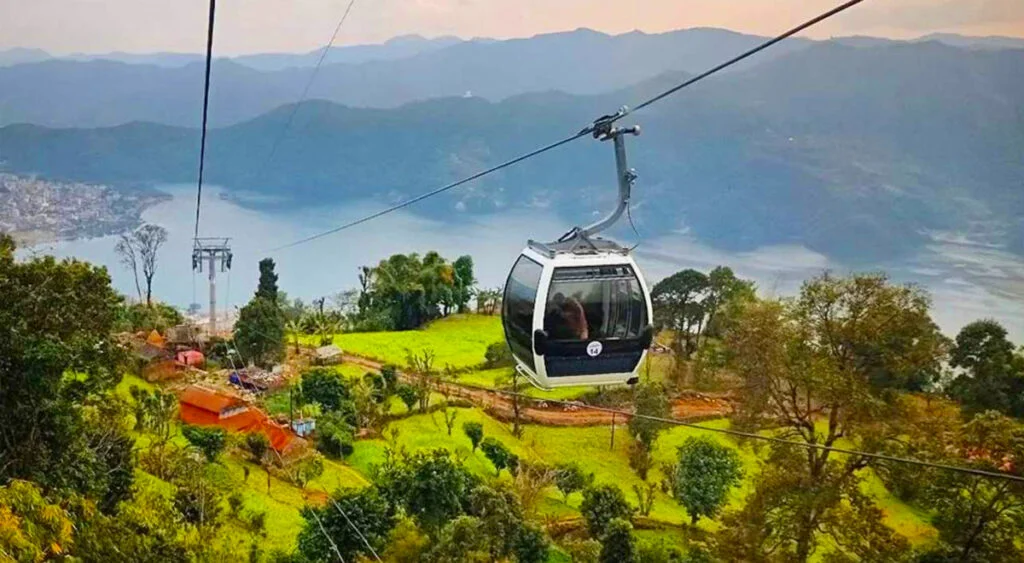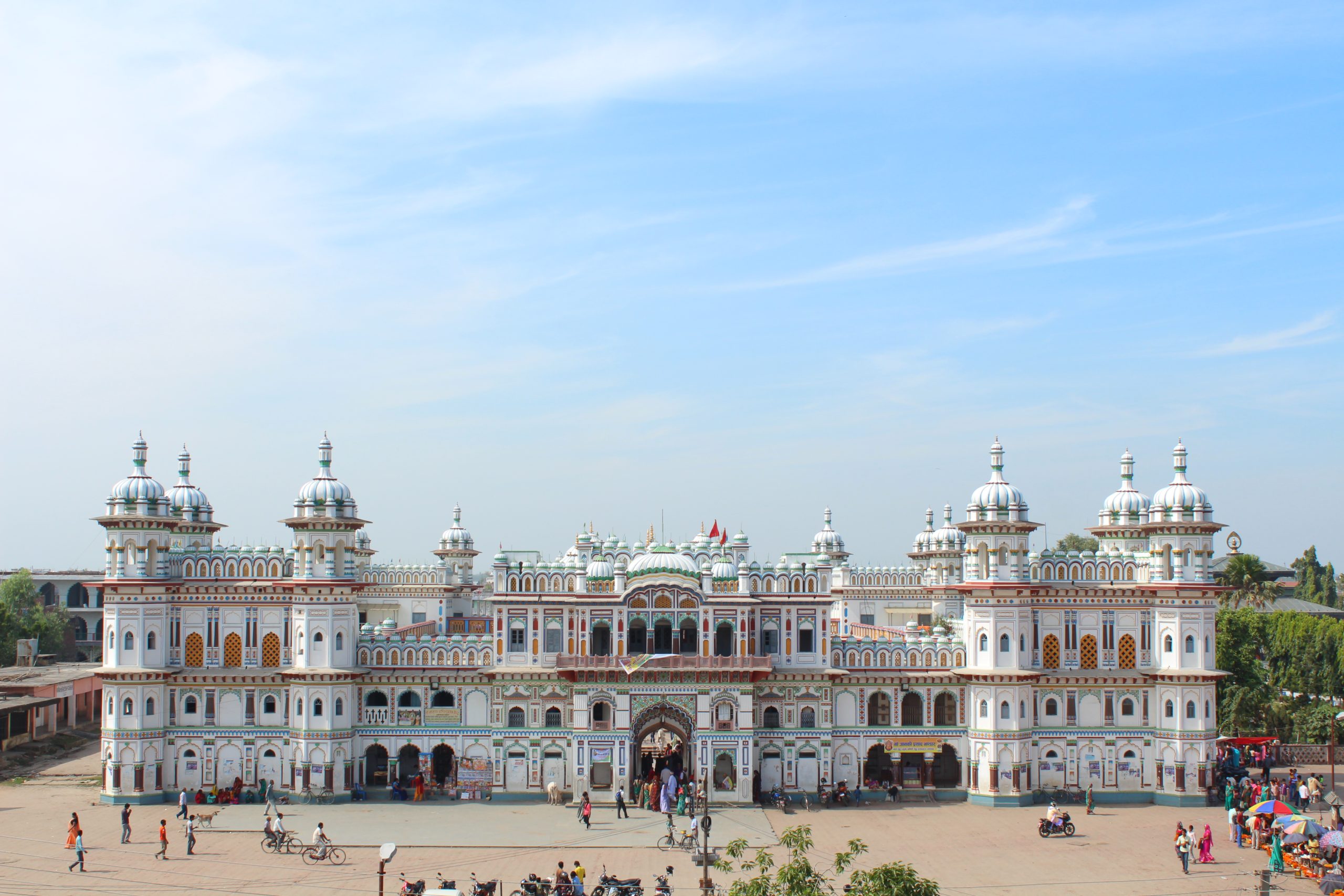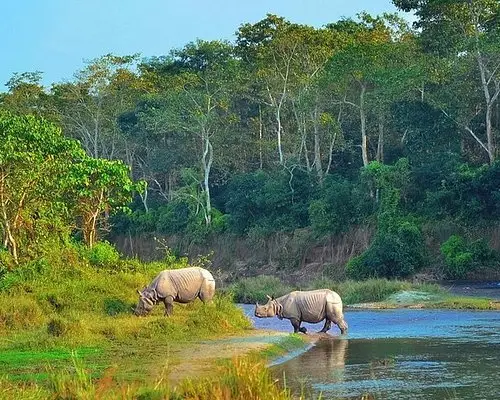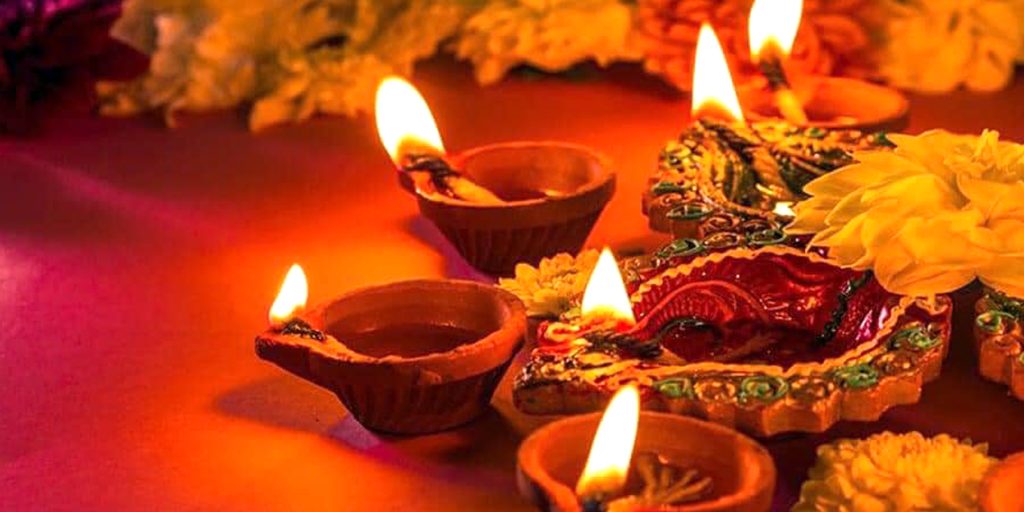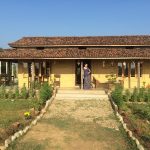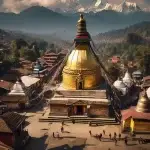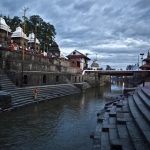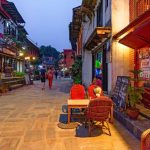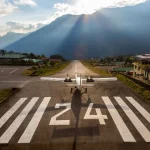Now Reading: The Five Best Lakes in Nepal and the Best Time to Visit Them
-
01
The Five Best Lakes in Nepal and the Best Time to Visit Them
The Five Best Lakes in Nepal and the Best Time to Visit Them
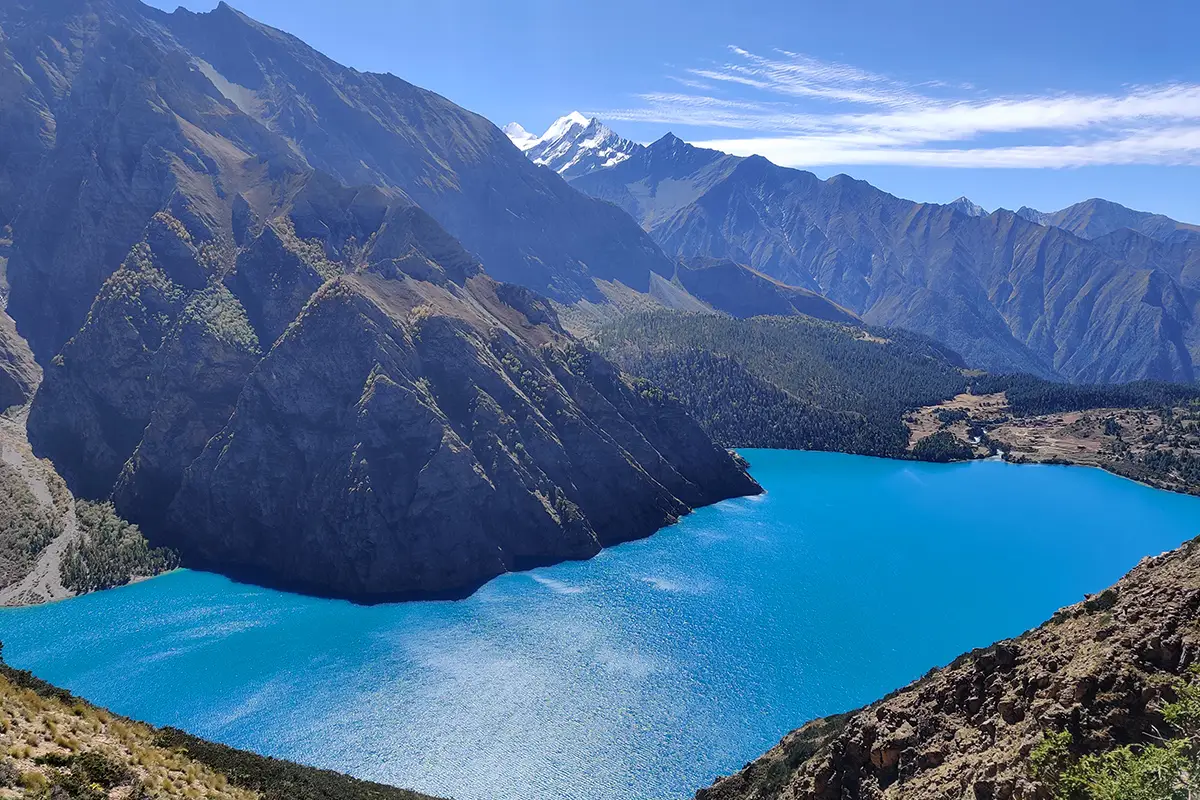
Nepal is a land of breathtaking natural beauty, known mostly for its towering Himalayan peaks. But beyond the mountains lies another layer of wonder—its serene and stunning lakes. Scattered across the hills and valleys, these lakes not only offer peaceful getaways but are also deeply tied to local culture, religion, and biodiversity. Whether you are a nature lover, a pilgrim, or just someone seeking quiet moments by the water, Nepal’s lakes have something special to offer.
Here are five of the most beautiful lakes in Nepal, along with tips on when to visit, how to get there, and what makes each one unique.
1. Rara Lake – The Queen of Lakes
Location: Rara National Park, Mugu District, Karnali Province
Best Time to Visit: April to June and September to November
Rara Lake is the largest and one of the most pristine lakes in Nepal. Situated at an altitude of about 2,990 meters, it sits like a sapphire gem in the heart of Rara National Park. Surrounded by pine, spruce, and juniper forests, the lake offers a peaceful environment rarely disturbed by crowds.
The calm blue water reflects the snow-capped peaks of the Himalayas, creating postcard-perfect views. Birdwatchers will especially love Rara, as it hosts over 200 species of birds and several endangered animals, including the red panda.
How to Get There: The most convenient way is to fly from Kathmandu to Nepalgunj, then to Talcha Airport in Mugu. From there, it’s a 2-3 hour hike to the lake. Though it takes effort to reach, the journey is absolutely worth it.
2. Phewa Lake – The Heart of Pokhara
Location: Pokhara Valley, Kaski District, Gandaki Province
Best Time to Visit: September to November and March to May
Phewa Lake is one of the most accessible and beloved lakes in Nepal. Located in the beautiful city of Pokhara, this lake offers the perfect mix of natural beauty and city charm. The iconic Tal Barahi Temple sits on an island in the middle of the lake, adding a spiritual touch.
Visitors can enjoy boating, kayaking, or simply relaxing by the lakeside with a view of the Annapurna range reflected in the calm water. The lakeside area is dotted with cafes, hotels, and shops, making it a lively yet laid-back destination.
How to Get There: Pokhara is about a 6-7 hour drive from Kathmandu or a 30-minute flight. Once in Pokhara, the lake is within walking distance of most hotels.
3. Tilicho Lake – The World’s Highest Lake
Location: Annapurna Region, Manang District, Gandaki Province
Best Time to Visit: March to May and September to November
Tilicho Lake holds the title of the highest lake in the world, sitting at an altitude of 4,919 meters. Hidden away in the rugged Annapurna region, the lake is surrounded by dramatic, snowy peaks and offers an otherworldly experience to those willing to trek there.
While there are no roads to Tilicho, the trekking journey is filled with panoramic mountain views, picturesque villages, and challenging yet rewarding trails. The lake’s turquoise color set against a stark alpine backdrop makes it a dream for photographers and adventurers alike.
How to Get There: Begin your trek from Besisahar, which is about an 8-hour drive from Kathmandu. From there, follow the Annapurna Circuit route to Manang and then detour toward Tilicho Lake. The full journey takes about 10-12 days round-trip.
4. Gosaikunda Lake – A Sacred Himalayan Pilgrimage
Location: Langtang National Park, Rasuwa District, Bagmati Province
Best Time to Visit: September to November and March to May
Gosaikunda is a sacred alpine lake located at an altitude of 4,380 meters and holds deep religious significance for both Hindus and Buddhists. It is believed to be the home of Lord Shiva and is visited by thousands of pilgrims during the Janai Purnima festival in August.
The lake is surrounded by rocky terrain and smaller lakes, and the peaceful, spiritual atmosphere is palpable. The trek to Gosaikunda is also known for its diverse landscapes, ranging from rhododendron forests to high-altitude alpine zones.
How to Get There: Drive or bus from Kathmandu to Dhunche (6-7 hours), then begin a 2-3 day trek to Gosaikunda. It’s a moderately difficult trek, suitable for those with some hiking experience.
5. Shey Phoksundo Lake – A Hidden Gem in the West
Location: Dolpa District, Karnali Province
Best Time to Visit: May to October
Shey Phoksundo is perhaps Nepal’s most dramatic and untouched lake. Located at an altitude of 3,611 meters in Shey Phoksundo National Park, this lake is known for its intense turquoise colour and the surrounding cliffs and waterfalls that give it a mysterious allure.
Unlike other lakes, Shey Phoksundo is a glacial lake with no aquatic life, making its clarity even more striking. The nearby Ringmo village and the ancient Bon monasteries add a layer of cultural richness to the visit.
How to Get There: Fly from Kathmandu to Nepalgunj and then to Juphal Airport in Dolpa. From Juphal, trek for two days to reach the lake. It’s remote, but the experience is truly off-the-beaten-path.
Final Thoughts
Each of these lakes offers a unique experience, from the spiritual serenity of Gosaikunda to the high-altitude majesty of Tilicho. The best time to visit most of these lakes is during the spring (March to May) and autumn (September to November) seasons, when the weather is clear and pleasant. Monsoon season (June to August) can make trekking trails slippery and obscure views, while winter (December to February) brings heavy snowfall in higher altitudes.
If you’re planning a trip to Nepal, make sure to include at least one of these lakes in your itinerary. They’re not just bodies of water—they’re windows into the soul of Nepal’s incredible natural and cultural heritage.


